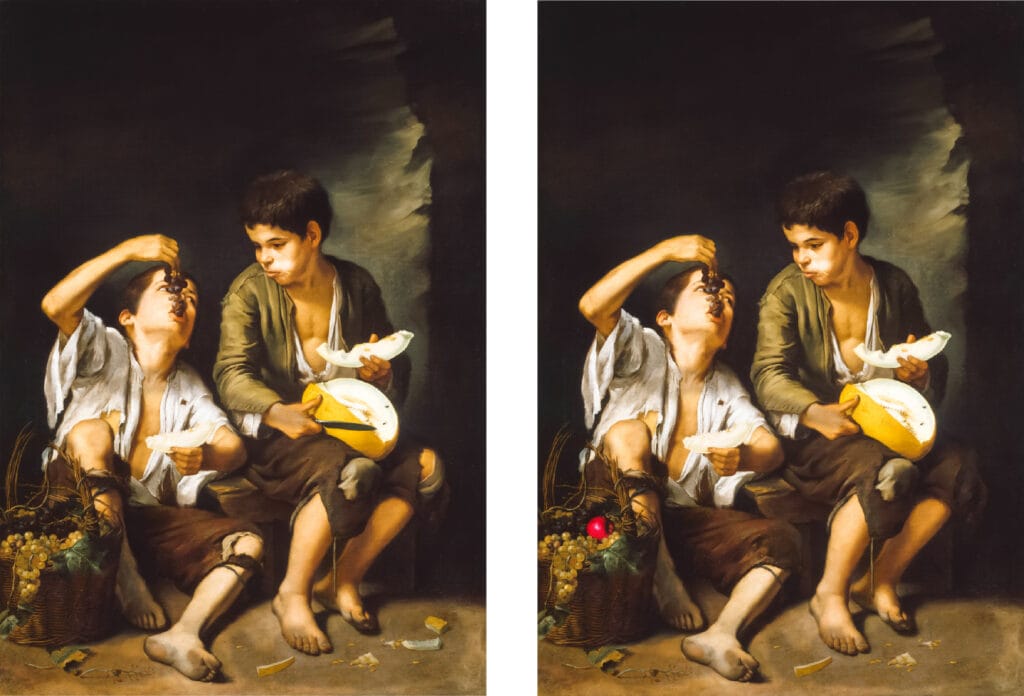Table of Contents
Spot the Difference puzzles are more than a childhood pastime — they’re a timeless, cross-generational game enjoyed by families, classrooms, puzzle enthusiasts, and casual players alike. But while the goal remains the same — find what’s changed — the way puzzles are presented can vary widely.
From traditional side-by-side layouts to hidden object variations and fast-paced odd-one-out challenges, each format offers a unique visual experience. Understanding these types can help you discover the format that best suits your age, skill level, or setting.
In this article, we explore the most popular types of Spot the Difference puzzles, how they work, and why they continue to engage minds of all ages.
1. Side-by-Side Comparisons: The Classic Spot the Difference Puzzles
This is the format most people know: two images, placed side-by-side or one above the other. One is the original; the other has been altered slightly. Your task? Find all the differences.
Why It Works So Well
- Visually intuitive: The brain easily scans between two versions
- Adaptable: Can be simple (3–5 differences) or highly detailed (10+)
- Universal: Works across all age groups, from toddlers to seniors
- Flexible themes: Suitable for cartoons, photography, classic art, and more
- Print and digital friendly: Perfect for books, newspapers, flipbooks, and apps
Side-by-side puzzles remain the most common type — and for good reason. They’re clear, satisfying, and support a wide range of difficulty levels.
At Classic Art Puzzles, this is our signature format. We use side-by-side comparisons to showcase timeless masterpieces, inviting players to experience art in a new way — through close looking and gentle discovery.
Best For:
- All ages
- Group play and solo solving
- Educational settings
- Art appreciation through puzzles
Commonly used in: puzzle books, classroom activities, digital flipbooks, fine art brain games
2. Odd-One-Out: Find the Image That Doesn’t Belong
In this format, players are shown a group of similar images — usually arranged in a row or grid — and asked to identify the one that is different from the rest.
It’s a twist on the same visual concept, but with a faster, often more competitive pace. Instead of comparing one image to another, you’re scanning for the single outlier.
Why It’s So Engaging
- Quick-thinking challenge: Often played under time pressure
- Great for pattern recognition: Forces players to observe subtle differences
- Compact layout: More puzzles per page or screen
- Versatile across media: Works well in print or interactive formats
This format is especially appealing to older children, teens, and adults looking for short bursts of focused fun. It’s also a favorite in brain training apps and speed-based logic games.
Best For:
- Ages 8 and up
- Competitive or time-based play
- Logic warmups
- Spot the difference puzzles in classroom or digital format
Commonly used in: puzzle magazines, online games, logic challenge apps
3. Hidden Object Puzzles: Search and Discover Within a Scene
Though technically a cousin to Spot the Difference puzzles, hidden object puzzles operate on a similar principle — visual comparison and attention to detail. Instead of looking for changes between images, players look for items concealed within a single scene.
This type invites slow, immersive observation and works beautifully for storytelling and themed puzzles.
Why Hidden Object Puzzles Are Beloved
- Immersive storytelling: Great for fantasy, adventure, or busy everyday scenes
- Relaxing gameplay: No rush, just mindful scanning
- Good for all ages: Especially fun for children and seniors alike
- Supports cognitive growth: Helps with memory, focus, and visual processing
This type has found its place in children’s books, classroom games, and mobile apps alike. Hidden object puzzles are often illustrated with charming details and light humor — from messy bedrooms to magical forests.
At Classic Art Puzzles, we occasionally adapt fine art into hidden object puzzles by asking players to find visual motifs, tools, or symbolic objects within historic paintings — perfect for art lovers and learners.
Best For:
- Ages 4 to adult
- Solo play or cooperative searching
- Educational enrichment
- Screen-free quiet time or interactive tablet use
Commonly used in: storybooks, activity books, tablet games, art-based puzzle challenges
Comparing Puzzle Types: Which Format Is Right for You?
Here’s a simple comparison of the three major Spot the Difference puzzles styles and who they’re best suited for:
| Puzzle Format | Key Features | Best For |
|---|---|---|
| Side-by-Side | Classic layout; scalable difficulty | All ages, art lovers, classrooms |
| Odd-One-Out | Grid layout; fast spotting of outliers | Kids 8+, speed players, logic fans |
| Hidden Object | Single image; search for hidden items | Ages 4+, calm thinkers, storytellers |
Each type delivers a different experience — one isn’t better than the other. In fact, combining these formats in a puzzle collection keeps things fresh, varied, and accessible for multiple users.
Why Puzzle Format Variety Matters
Offering different types of Spot the Difference puzzles helps meet the needs of:
- Different attention spans – Short and fast vs. slow and immersive
- Age diversity – From toddlers to seniors
- Group vs. solo play – Team challenges or independent exploration
- Learning goals – Focus, memory, language, patterning, art appreciation
For puzzle creators, educators, and hobby stores, this insight helps build collections that appeal to a wider audience — while also deepening the puzzle-solving experience.
Final Thoughts: One Visual Game, Many Ways to Play
Spot the Difference puzzles come in many forms — each offering its own way to engage the eyes and mind. Whether you’re comparing two Renaissance paintings side-by-side, racing to find the odd object in a sea of lookalikes, or searching for hidden treasures in a magical scene, every variation encourages curiosity, focus, and joy in the act of noticing.
By understanding the different types of Spot the Difference puzzles, you can choose the ones that best match your players — or explore new formats that offer a refreshing twist on a familiar game.
Browse our catalog of beautifully curated Spot the Difference puzzles in digital flipbook editions designed for all ages.
Play a Puzzle: Find 5 Differences




